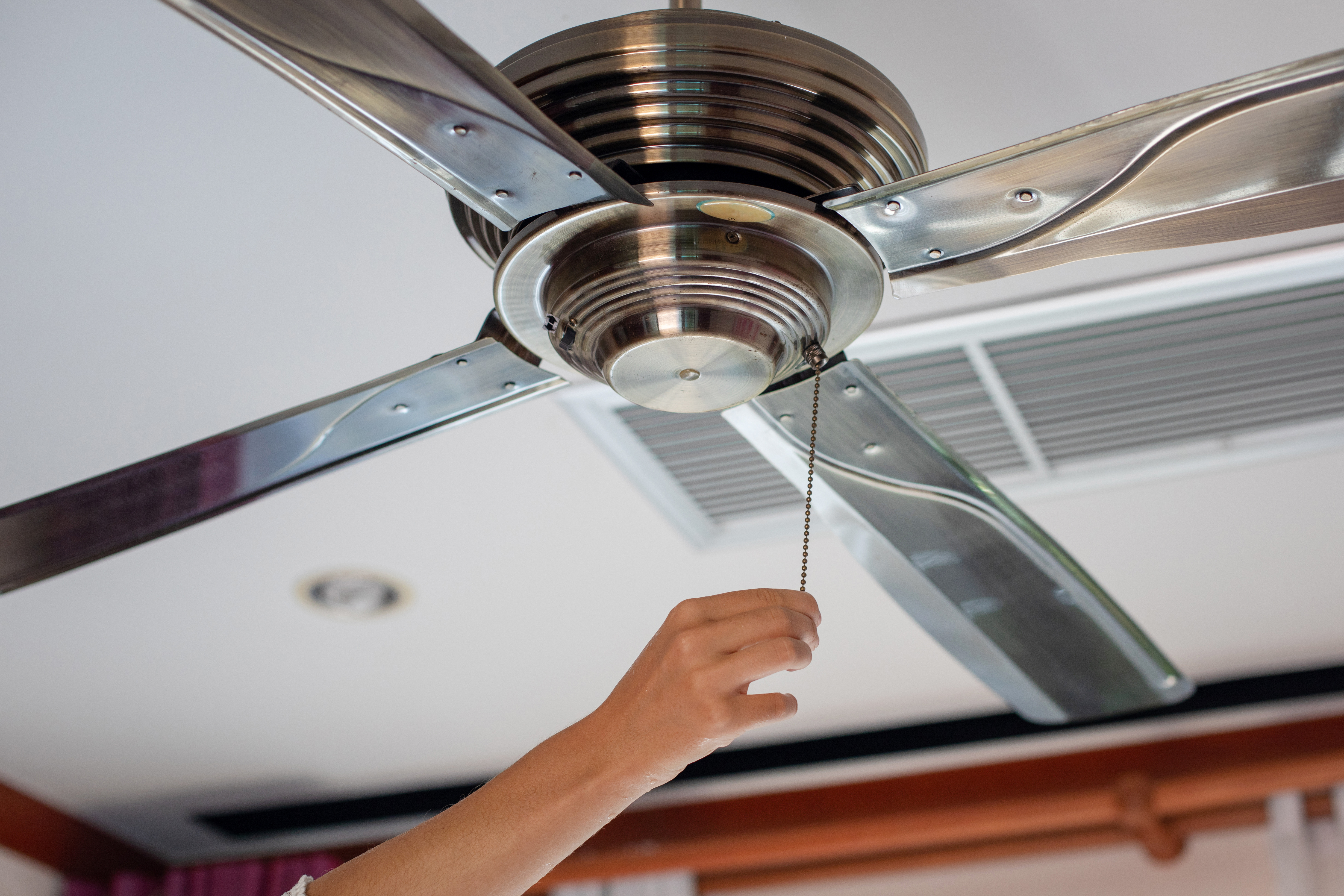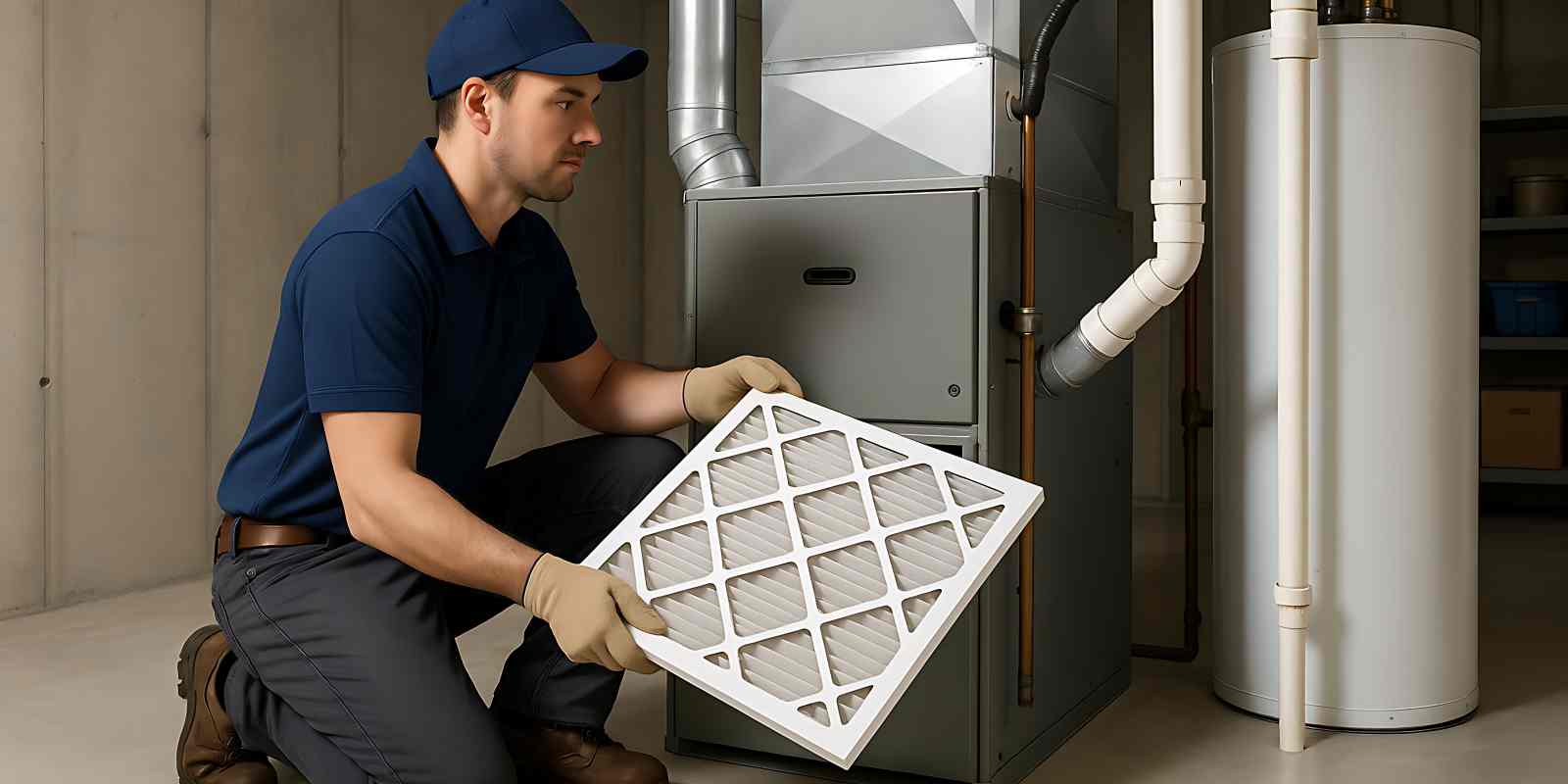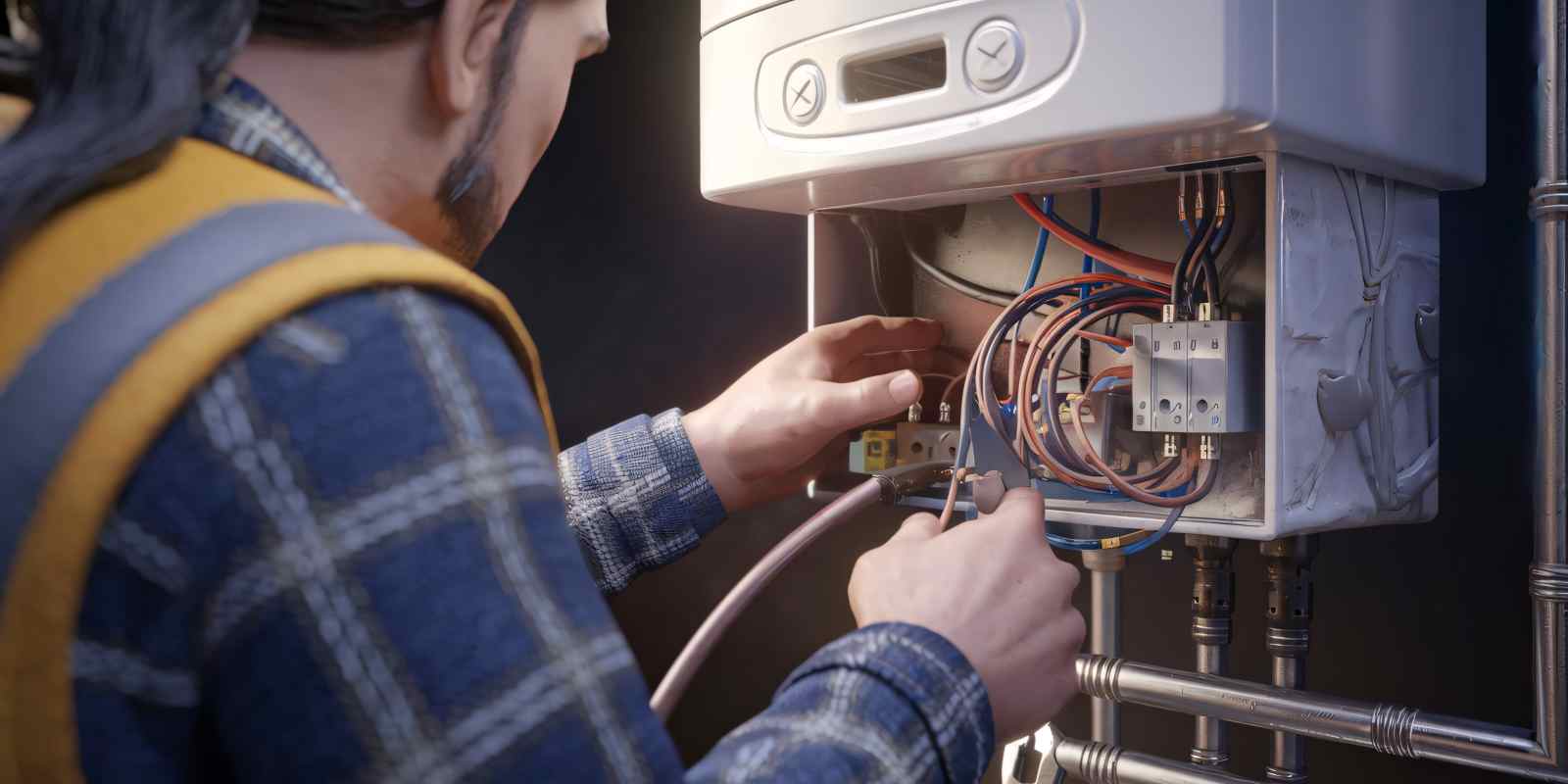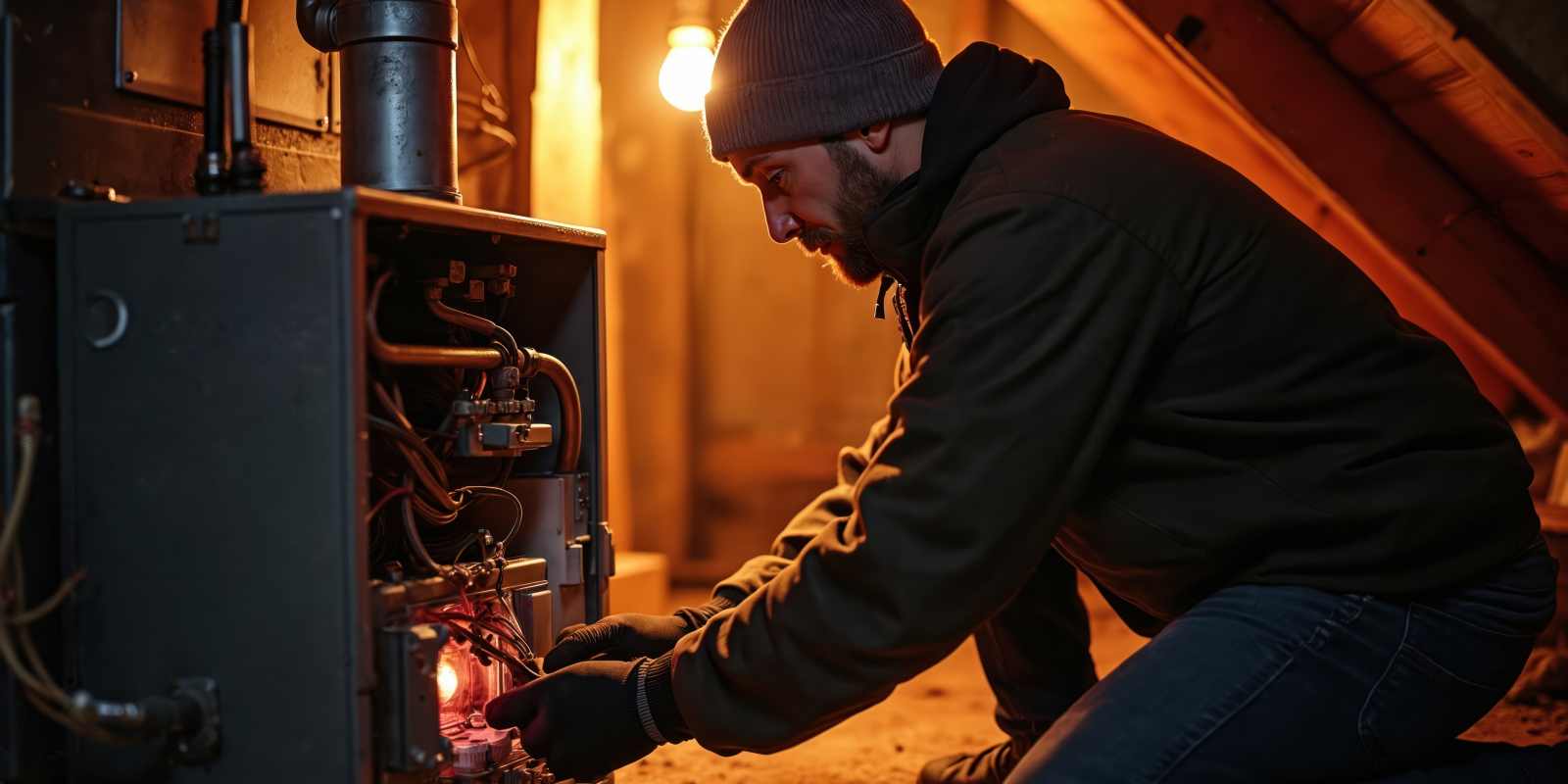
As winter sets in and temperatures drop, most homeowners instinctively reach for their thermostat to crank up the heat. However, did you know that your trusty ceiling fan can play a crucial role in maintaining a cozy and comfortable home during the colder months? We’ll explore how to use ceiling fans effectively in the winter to enhance both warmth and energy efficiency.
Reverse Fan Rotation:
One of the key features of ceiling fans is the ability to change the direction of the blades’ rotation. In winter, you want the fan to rotate clockwise at a low speed. This creates an updraft, which helps distribute the warm air that naturally rises to the ceiling. Many ceiling fans have a switch on the motor housing to easily change the direction of the blades.
Optimal Fan Speed:
Set your ceiling fan to a low or medium speed when using it in winter. This gentle rotation is sufficient to create the desired updraft without causing a noticeable cooling effect in the room. A slower speed ensures that the warm air is circulated effectively without creating any drafts.
Positioning Matters:
Identify the most strategic locations in your home to install ceiling fans. Ideally, fans should be placed in rooms where you spend the most time, such as the living room or bedrooms. Ensure that the fan is positioned at an optimal height (typically 7 to 9 feet from the floor) and is well-balanced for proper air circulation.
Utilize Zoning:
If your home has multiple ceiling fans, consider creating zones to maximize efficiency. For example, use fans in common areas during the day and shift them to bedrooms at night. Zoning helps concentrate the benefits where they are most needed, optimizing energy consumption.
Combine with Heating Systems:
Ceiling fans should be viewed as complementary to your heating system, not a replacement. By using fans to distribute warm air more evenly, you can often lower your thermostat a few degrees without sacrificing comfort. This can result in substantial energy savings over the course of the winter.
Regular Maintenance:
Keep your ceiling fans in top-notch condition by performing regular maintenance. Dust accumulation on the blades can affect their efficiency, so clean them periodically. Also, ensure that the fan is well-balanced to prevent wobbling, which can lead to unnecessary noise and potential damage.
Ceiling fans are versatile tools that can contribute significantly to your home’s comfort and energy efficiency, even in the winter. By adjusting the rotation direction, optimizing fan speed, and strategically placing them throughout your home, you can create a warmer and more inviting living environment while keeping energy costs in check.



